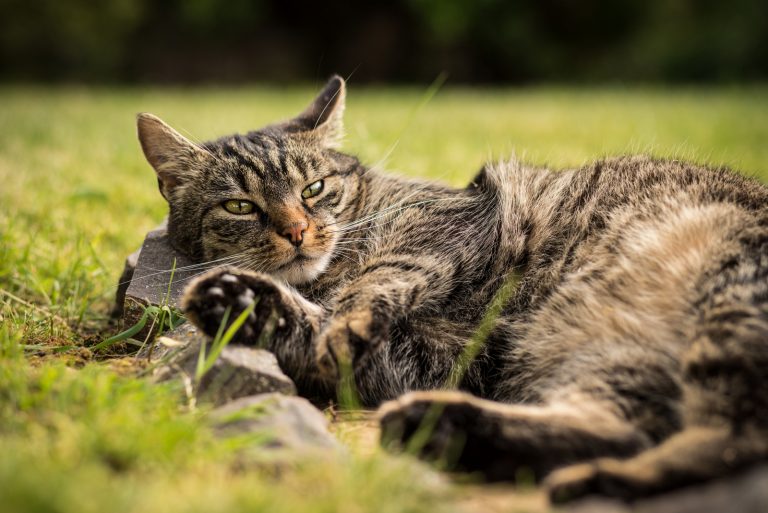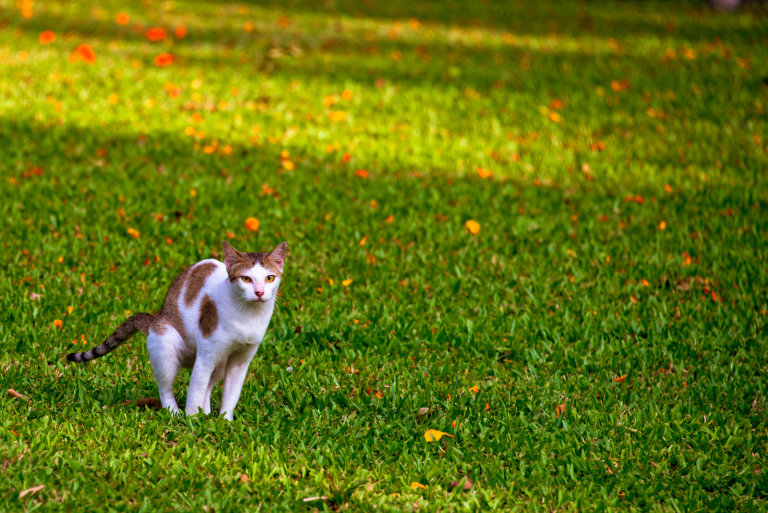The Most Dangerous Animals In The Great Smoky Mountains National Park
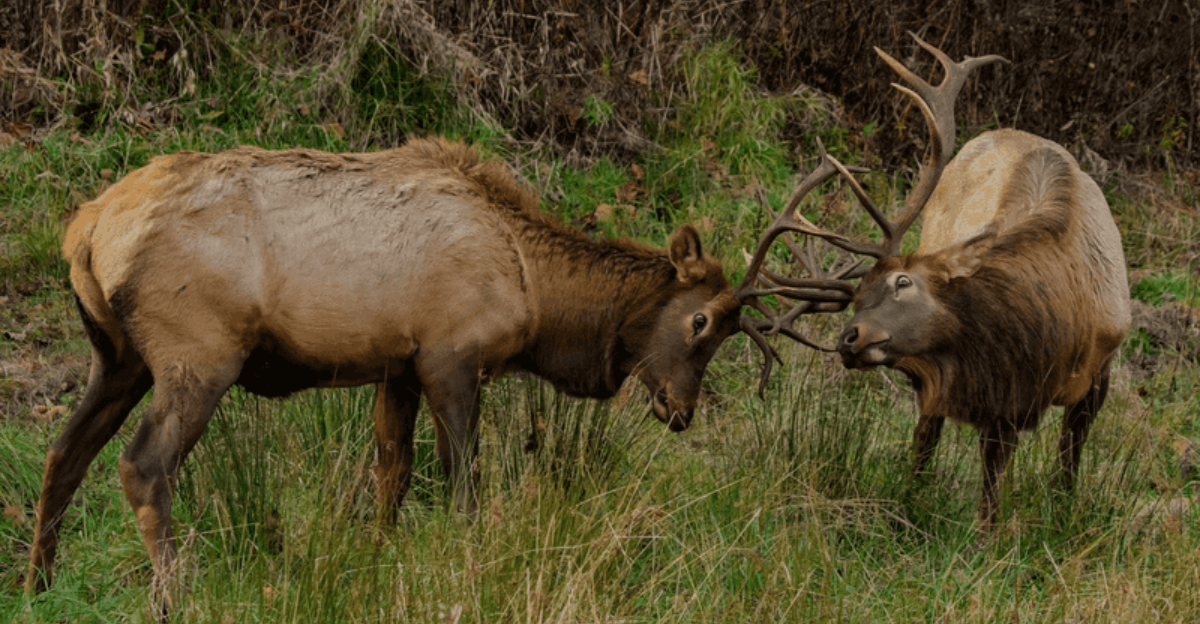
Nestled between Tennessee and North Carolina, the Great Smoky Mountains National Park hosts over 12 million visitors yearly who come to enjoy its breathtaking landscapes.
But beneath the beauty lurks potential danger from wildlife that calls this park home. While animal attacks are rare, knowing which creatures to watch for can make your visit both safer and more enjoyable.
Black Bears
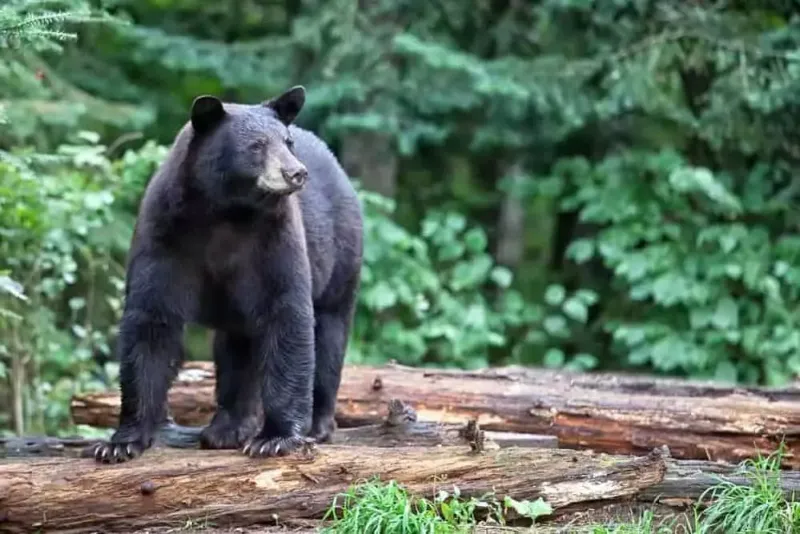
Weighing up to 500 pounds, these surprisingly fast mammals can outrun humans at speeds reaching 35 mph. Despite their cuddly appearance, they’re wild predators with powerful jaws and sharp claws.
Most bear encounters happen when humans leave food accessible or approach cubs. Never feed them or turn your back if you encounter one in the wild.
Elk
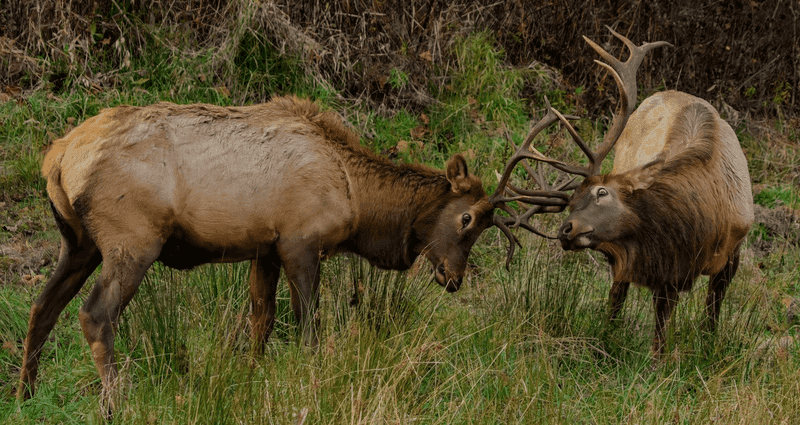
Antlers spanning six feet and bodies weighing 700+ pounds make these reintroduced giants formidable. Males become especially aggressive during fall mating season, charging anyone perceived as competition.
Female elk fiercely protect their calves in spring. Always maintain at least 50 yards distance when spotting these magnificent but unpredictable creatures.
Coyotes

Yips and howls echo through mountain valleys as these adaptable predators hunt at dawn and dusk. Unlike their shy nature elsewhere, park coyotes can become dangerously bold around humans who offer food.
Small pets are particularly vulnerable to these opportunistic hunters. Keep dogs leashed and never leave children unattended in areas where coyotes are active.
Timber Rattlesnakes
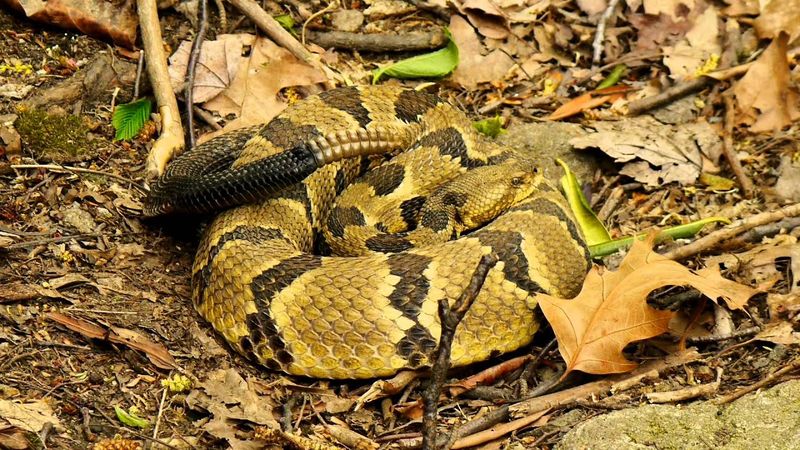
Distinctive diamond patterns and a warning rattle signal one of the park’s deadliest residents. Hiding among rocky outcrops and fallen logs, these venomous snakes strike when threatened, delivering potent hemotoxic venom.
Watch your step on warm days when hiking, and never reach blindly under rocks. Their bites require immediate medical attention, potentially hours from the backcountry.
Northern Copperheads
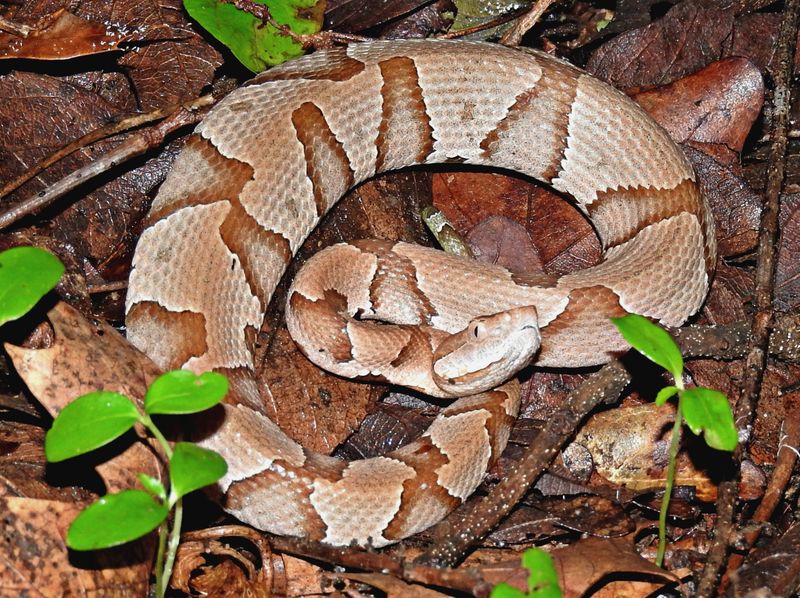
Fallen autumn leaves provide perfect cover for these copper-topped ambush predators. Unlike rattlesnakes, copperheads give no warning before striking, making them particularly dangerous on popular hiking trails.
Their venom rarely proves fatal but causes extreme pain and tissue damage. Sturdy hiking boots and careful attention to trail conditions offer the best protection against these hidden hunters.
Raccoons
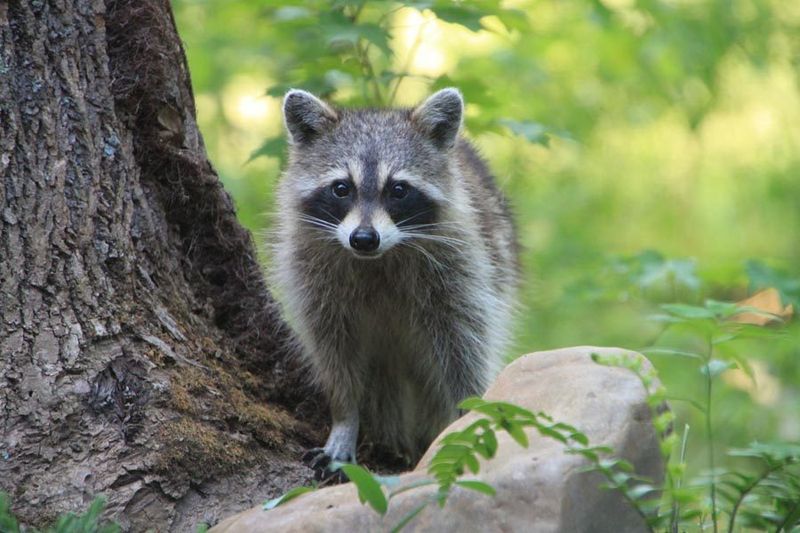
Those cute masked faces hide surprising aggression when cornered. Raccoons in the Smokies frequently carry rabies, making even minor bites potentially life-threatening without proper medical treatment.
Notorious for raiding campgrounds, they’ve learned to open coolers and containers. Their intelligence makes them persistent troublemakers, especially around picnic areas where visitors leave food unattended.
Skunks
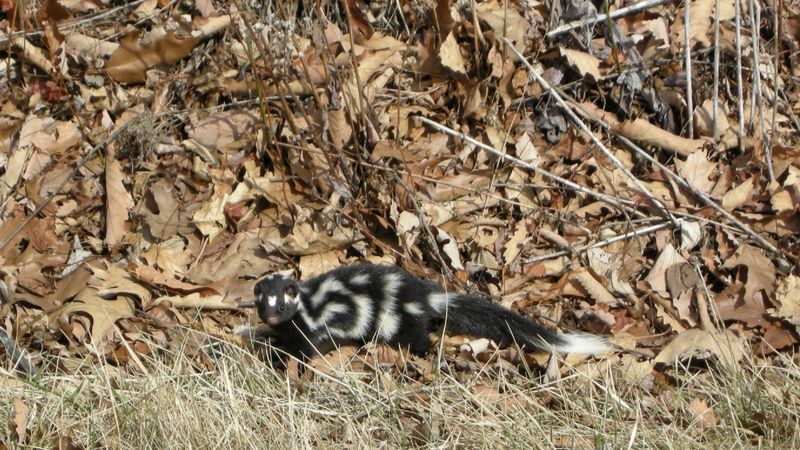
Forget about the smell – these striped creatures pack a more serious punch. Park skunks rank among the primary rabies carriers, becoming unusually aggressive when infected rather than displaying their typical shy behavior.
Their infamous spray causes intense eye pain and temporary blindness. If you spot one stamping its front feet or raising its tail, back away slowly to avoid triggering its defensive response.
Wild Boars
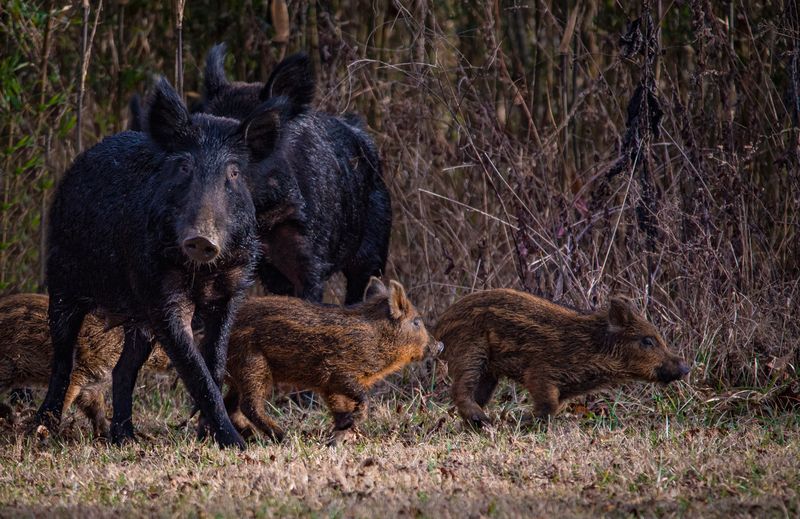
Razor-sharp tusks and unpredictable tempers make these non-native destroyers particularly dangerous. Weighing up to 300 pounds, boars charge when startled, especially sows protecting piglets during spring.
Originally introduced for hunting, they’ve devastated native plant species across the park. Their powerful snouts can flip a 400-pound rock while foraging, demonstrating strength that could easily injure hikers who venture too close.
Great Horned Owls
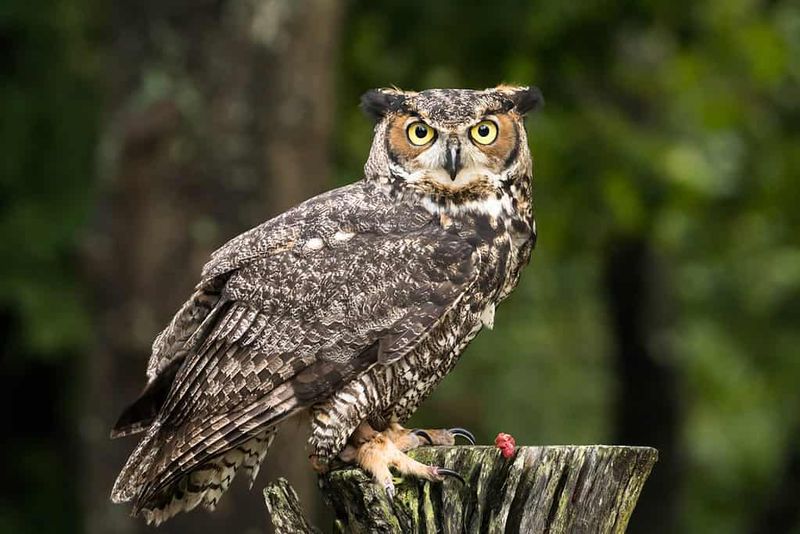
Yellow eyes gleam in darkness before powerful talons strike with crushing force. These nocturnal hunters occasionally mistake small dogs or cats for prey, swooping down without warning from overhead branches.
Their razor-sharp talons can pierce a skull with ease. During nesting season, they become territorial enough to dive-bomb humans who venture too close to their young, targeting the highest point – usually your head.
Bats

Fluttering through twilight caves, these misunderstood mammals rarely attack humans directly. The real danger lies in histoplasmosis, a respiratory disease carried in their droppings that flourishes in the park’s humid cave systems.
Some park bats also carry rabies, transmissible through bites so small they might go unnoticed. Never handle grounded bats, no matter how harmless they appear.
Poisonous Amphibians
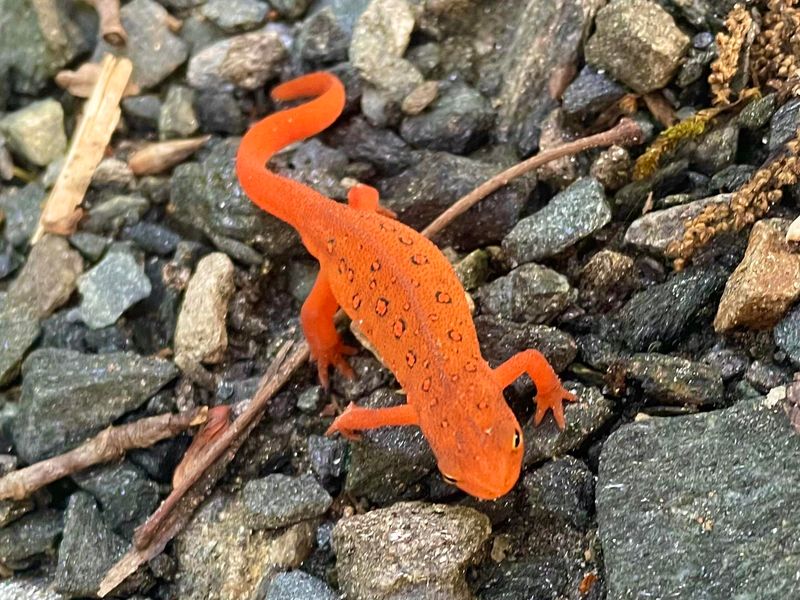
Bright orange Eastern Newts contain tetrodotoxin, the same poison found in pufferfish. Their vibrant color serves as nature’s warning sign to potential predators – and should alert humans too.
Though rarely fatal to humans, handling these salamanders can cause skin irritation and illness if toxins contact mucous membranes. The rule for all colorful amphibians in the park remains simple: admire with your eyes, not your hands.

